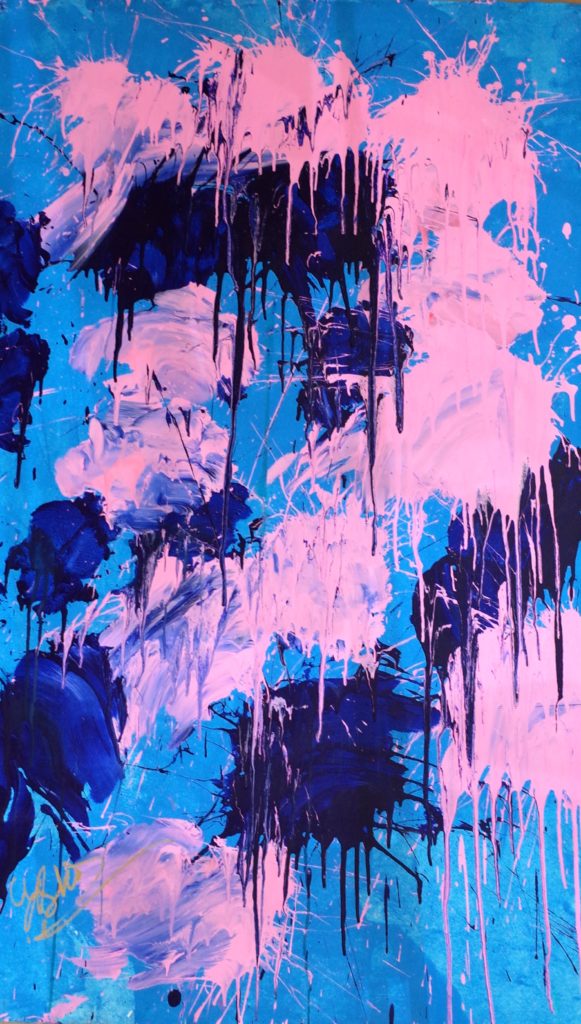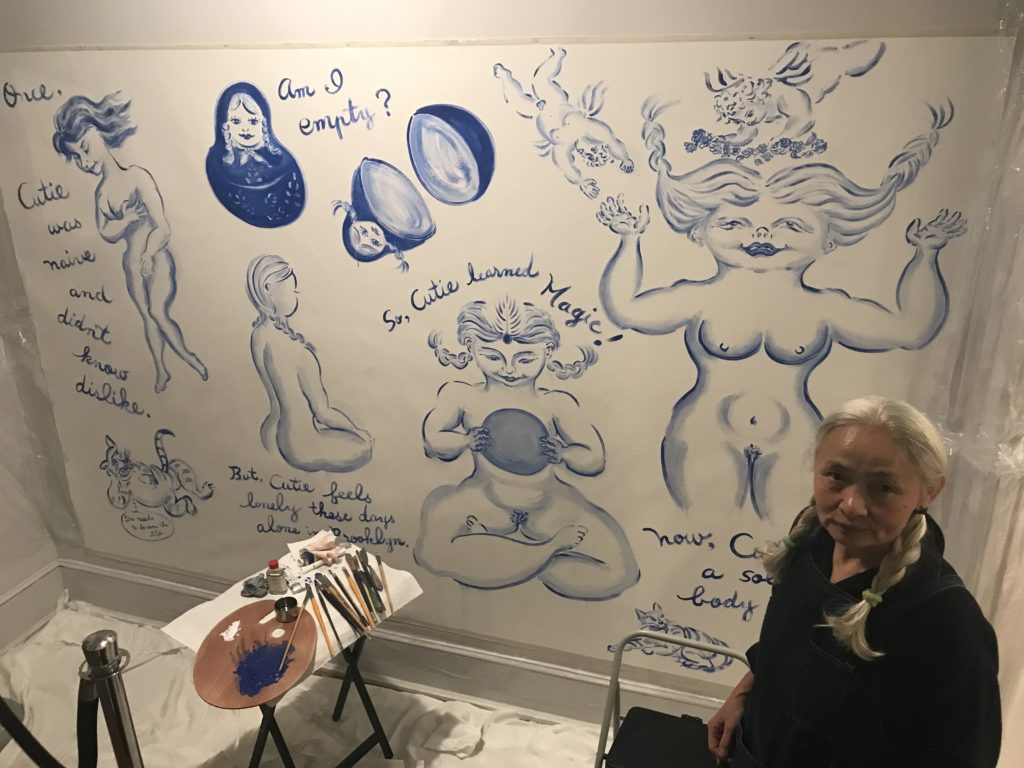In the latter half of the 1940s, following the end of the Second World War, Jonas Mekas and his brother Adolfas found themselves settled in a displaced persons camp in Wiesbaden, Germany. Previously, Jonas had lived a simple life in a quiet farming village in Lithuania named Semeniskiai, where he was born on Christmas Eve, 1922. Enchanted with poetry from a young age, Jonas’s penchant for language received public recognition, and his first collections were published at the early age of twelve. Although rooted in humble beginnings, he admits in an interview with the Brooklyn Rail that it was evident to his parents his future would not be restricted to the land on which he was raised.
En route to university in Vienna, his train was stopped in Germany. For the next eight months Jonas and his brother were imprisoned in Hamburg at the Elmshorn forced labour camp, before escaping. Shortly after their escape the war ended, and Jonas relocated through a series of German displacement camps before finally immigrating to Williamsburg, New York in 1949.
Jonas made great strides upon his introduction to New York City. Almost immediately he acquired an 8mm Bolex camera, and became an imminent figure in New York’s burgeoning film culture. Accordingly, starting in 1954 alongside his brother, Jonas founded Film Culture – a journal that critically discussed the avant-garde, Hollywood, and European art film. Having established his critical presence, Mekas also began writing for the Village Voice in 1958. Though his ambitions as a critic were soon superseded by a philosophy that would set the stage for what would later be coined as New American Cinema. In his Movie Journal, a collection of writings Jonas produced while at the Village Voice, he writes “I had to pull out…to protect all the beautiful things that I saw happening in the cinema, and that were either being butchered or ignored by my colleague writers and by the public.” It was this shift that marked the turning point away from feature film-making to a non-narrative kind of cinema.
Resembling more like collage than movie, Mekas’s irreverence for narrative structure appeals to one’s memory. This method neglects narrative for a more accurate reflection of how memory operates. Having circumvented the application of an overarching context, the collection of images are composed in a way that feels like they exist in a place outside of time’s grasp – the difference between past and present becomes irrelevant as it all becomes memory. Effectively evading the rigidity of cause-and-effect, Mekas’s films unfold more like poetry than a conventionally scripted film. From this canon, time – and its passing – is already understood. Thus, no further diction is necessary. Such is the nature of poetry; to reveal the essential without the burden of thesis. From this perspective, the images Mekas presents are given space to speak for themselves.
Take World Trade Center Haikus (2010) for instance. This short film has no discernible dramatic structure. There is no rising action or resolution to draw from, but meaning persists all the same. As the tape unwinds in tandem with a melodic piano score, a tone reminiscent of a home movie is fostered. However, it seems that the way in which the imagery is treated takes precedence over what the imagery actually shows. Appearing like disjointed fragments of film caught in quick succession, the whole of the film feels more like bearing witness to Mekas’s stream of consciousness. Although it isn’t quite intelligible what may have been said, the viewer is left feeling like something intimate has been exchanged. As for a haiku, it also tends to lack the breadth necessary to generate a narrative, yet it is not uncommon for simple things to yield lasting impressions. Though probably the most important aspect of poetry is not what a poem is saying, but rather the impulse behind saying something in the first place.
Written by Grayson Chandler
All Jonas Mekas works and films are available through Deborah Colton Gallery





